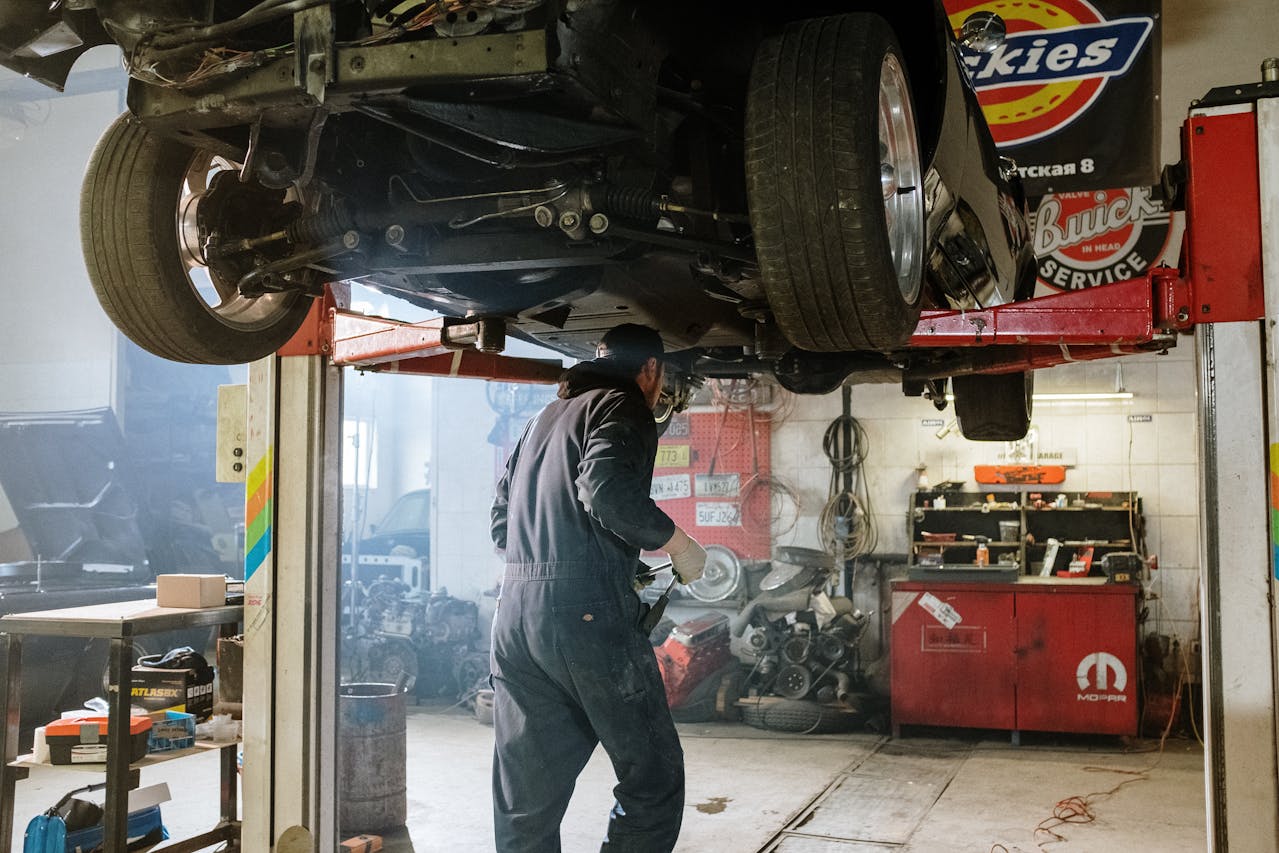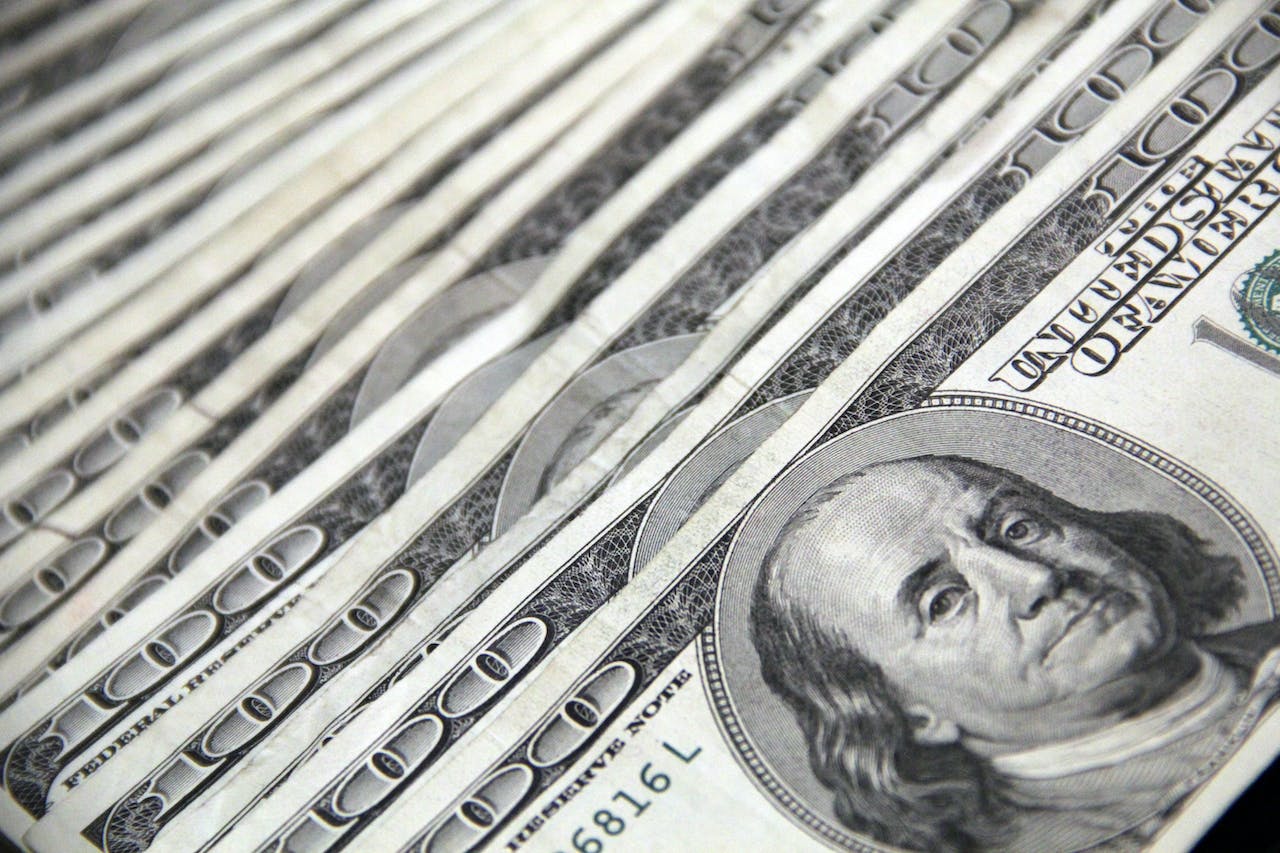Basics:
Biomat pays consumers to donate plasma, a yellowish substance that helps with blood clotting, for medical research
Expected pay: $50 + per hour
Husl$core: $$$$
Commissions & fees: NA
Where: Select U.S. cities
Requirements: Over age 18; Weigh at least 110 pounds; Valid I.D. and Social Security card; proof of address; health screening
Biomat review
Biomat pays individuals to donate plasma — a yellow substance that carries blood cells around — for medical research. Biomat is a subsidiary of Grifols, which also owns Talecris Pharma and Plasma Care.
All of these Grifols’ subsidiaries pay for plasma donations. However, the amount can change from location to location. The payments here are based on the current compensation provided by Biomat.
Know, however, that all Grifols operations reserve the right to change the donor compensation structure from month to month. It’s important to call the center where you’re planning to donate to get an up-to-date compensation figure.
Payment
Currently, Biomat plasma donors receive $100 for each of their first five donations. After that, they get just $50. Since plasma donations take at least an hour, this works out to a generous $50+ hourly rate. Payment is provided by way of a reloadable pre-paid debit card, which can be used like a credit card at retailers and at your bank.
Donation frequency
The FDA, which regulates medical products, restricts plasma donations to no more than two a week and 24 per year. No matter where you give plasma, you’ll be required to provide identifying information, including a photo ID, a Social Security card and proof of your address. This is partly to ensure that you’re not giving plasma at multiple places in violation of the FDA restrictions.
What is plasma?
Plasma is the yellowish liquid that carries blood cells, nutrients and waste through your system. It’s largely made up of water, but contains vital proteins and clotting agents that are pivotal in treating patients with cancer and traumatic injuries. Because healthy bodies quickly regenerate the plasma removed during a donation, plasma donations shouldn’t create any health risks. But, donor centers emphasize that you should stay well hydrated before and after donating.
Why do donations take so long?
If you’ve ever given whole blood, you know that a donation can take less than a half hour. But plasma donations require at least an hour and sometimes more. Why? When you donate plasma, you are hooked up to a machine that pulls blood from your arm and then separates the blood cells and platelets from the plasma. It then returns all the unneeded cells back to you.
What are the side-effects?
The main side effect of plasma donation is that you could become slightly dehydrated. That’s simply because 95% of plasma is water. You can — and should — combat that by limiting your alcohol intake prior to the donation and drinking plenty of other fluids, such as water and juices. Some people also feel cold when donating, so it’s advisable to have a sweater or blanket handy when donating.
Recommendations:
There are dozens of sites that will pay you to give plasma and/or platelets. Our best recommendation is choose the one that’s most convenient to where you live. Biomat has hundreds of locations, most of which are open seven days a week. You can find the nearest location here.
However, we also recommend Octapharma Plasma. You can learn more about Octapharma Plasma’s payments to donors here.
And, if you are willing to donate platelets (which takes a little longer), we also recommend Trusting Heart Blood Centers. However, Trusting Heart has a limited geographic footprint, available only in Oregon, New Jersey and Delaware.
11/28/2022













Leave a Reply